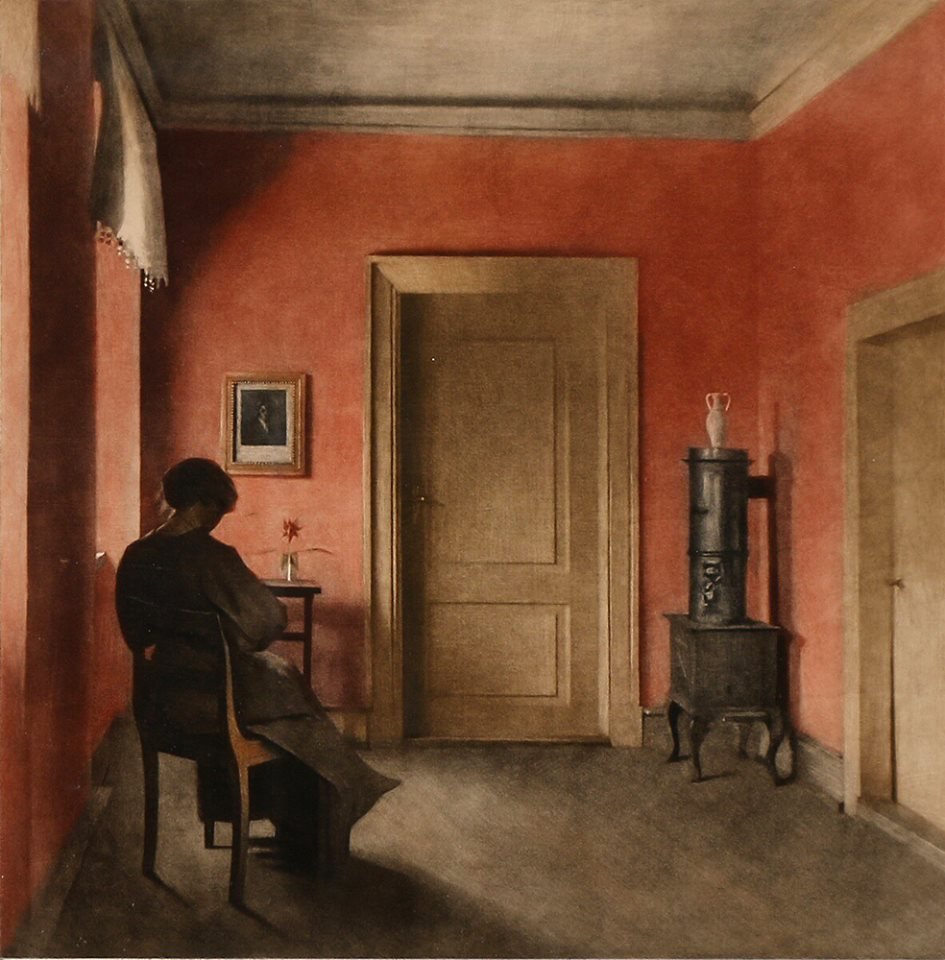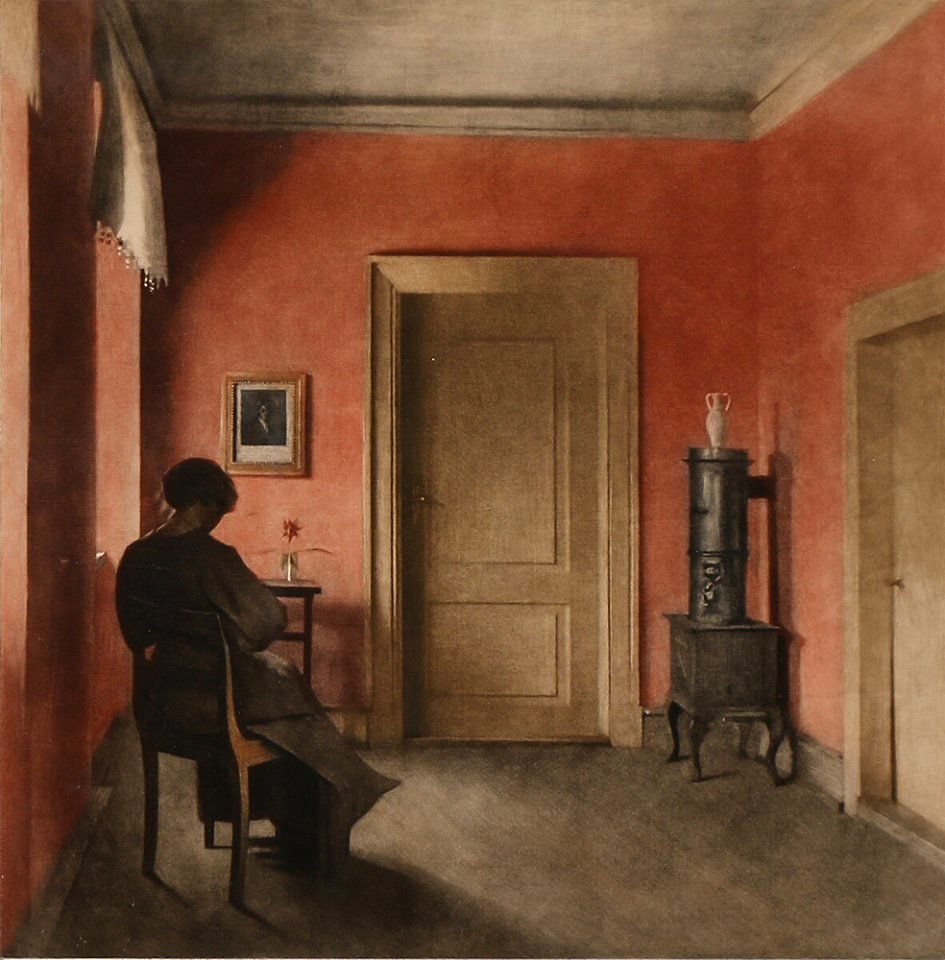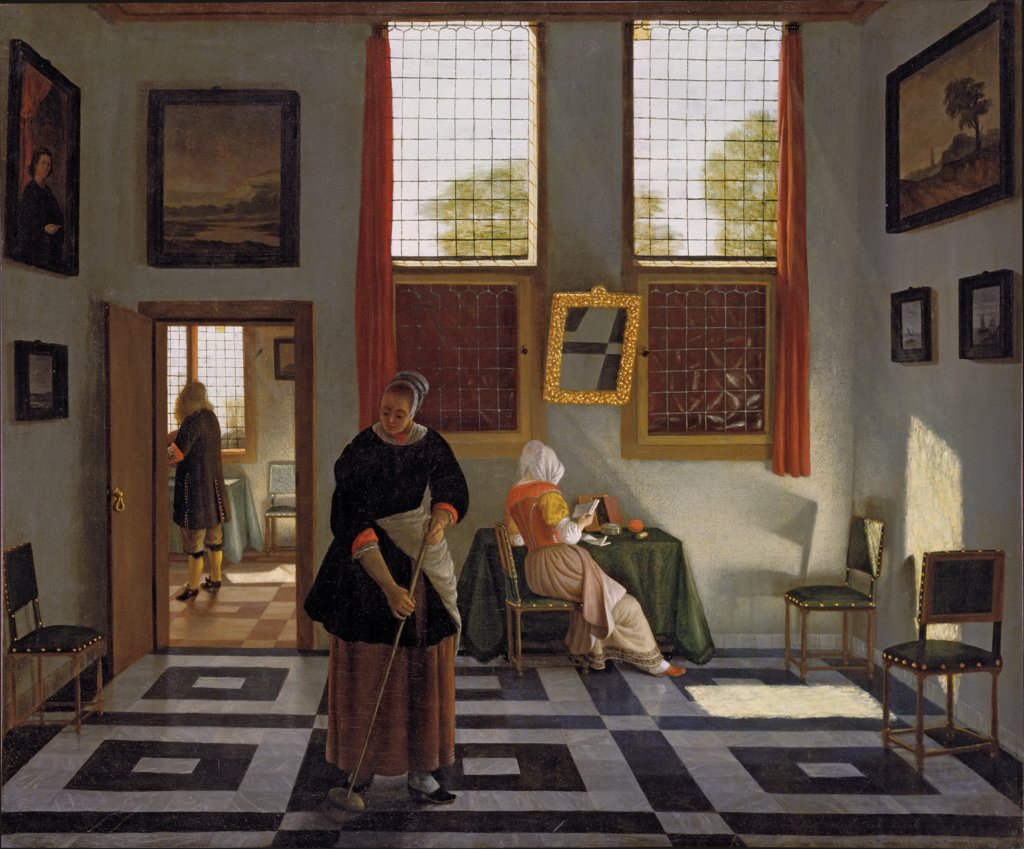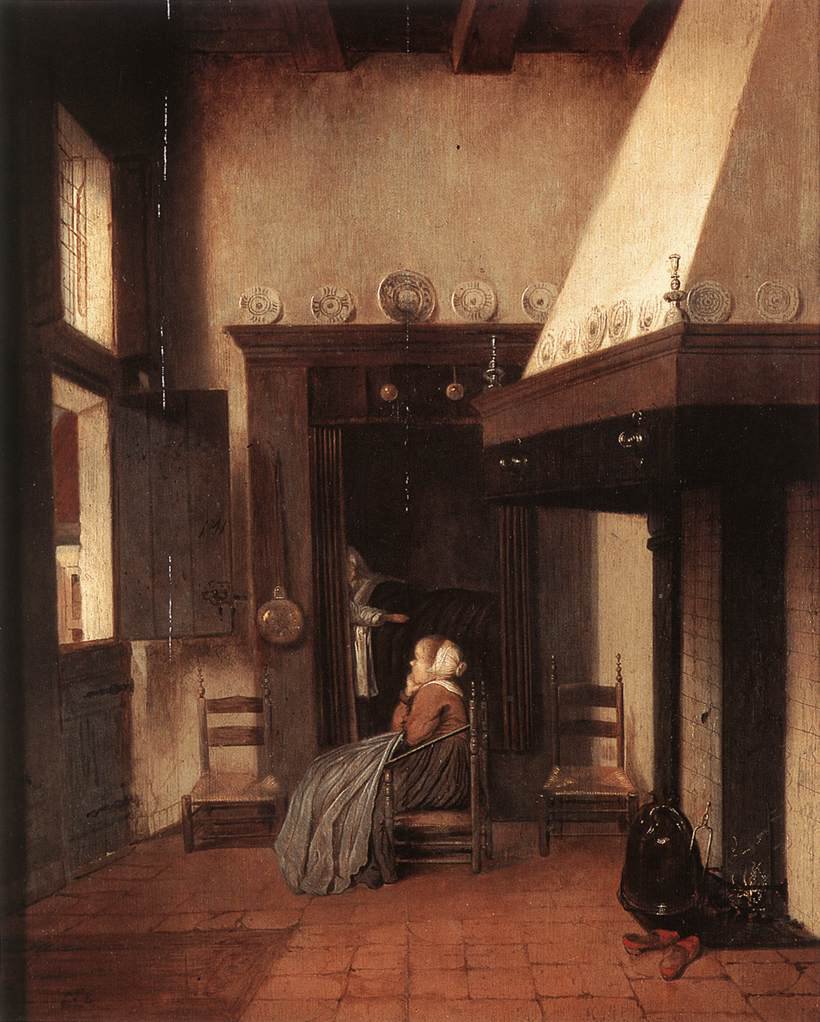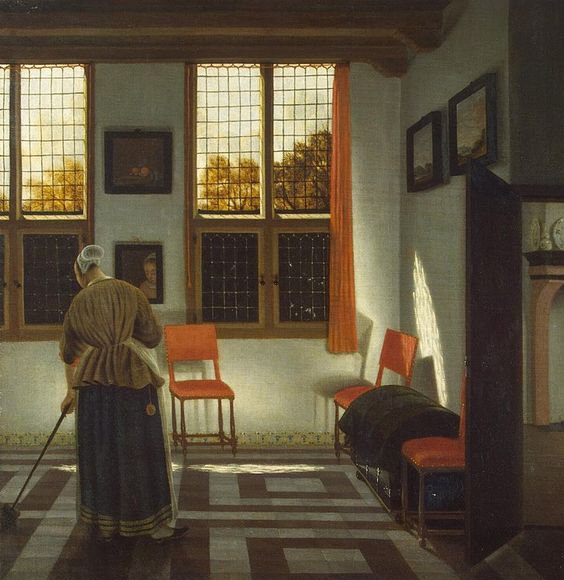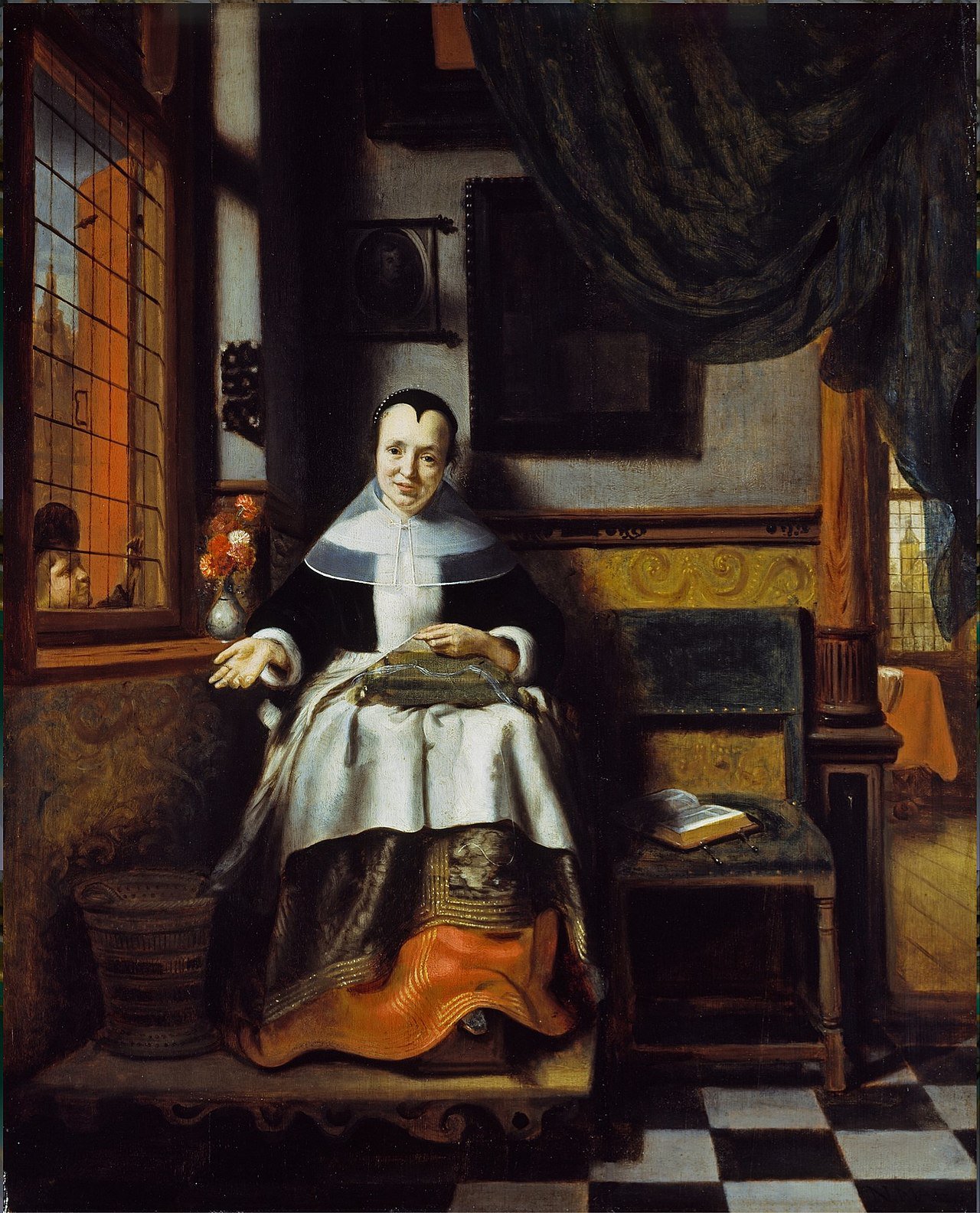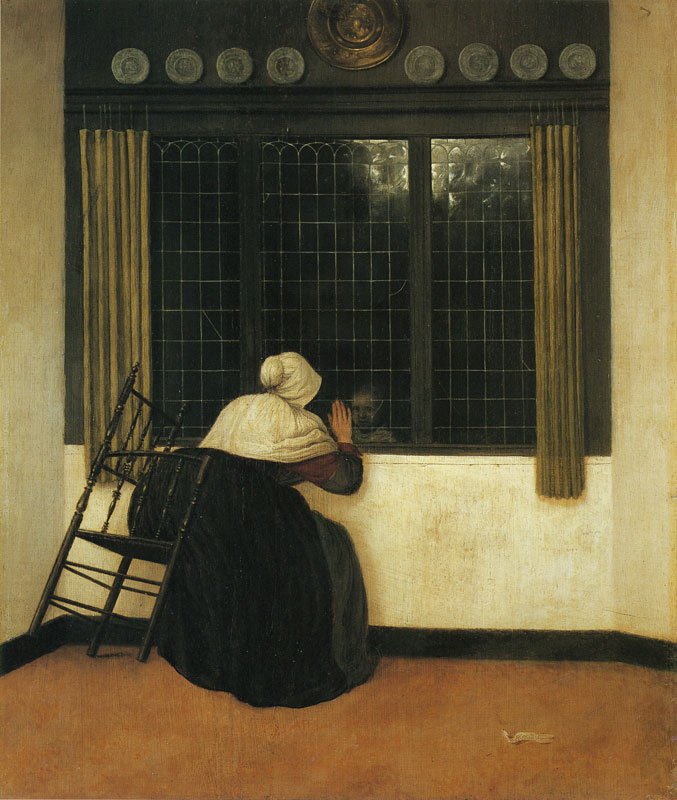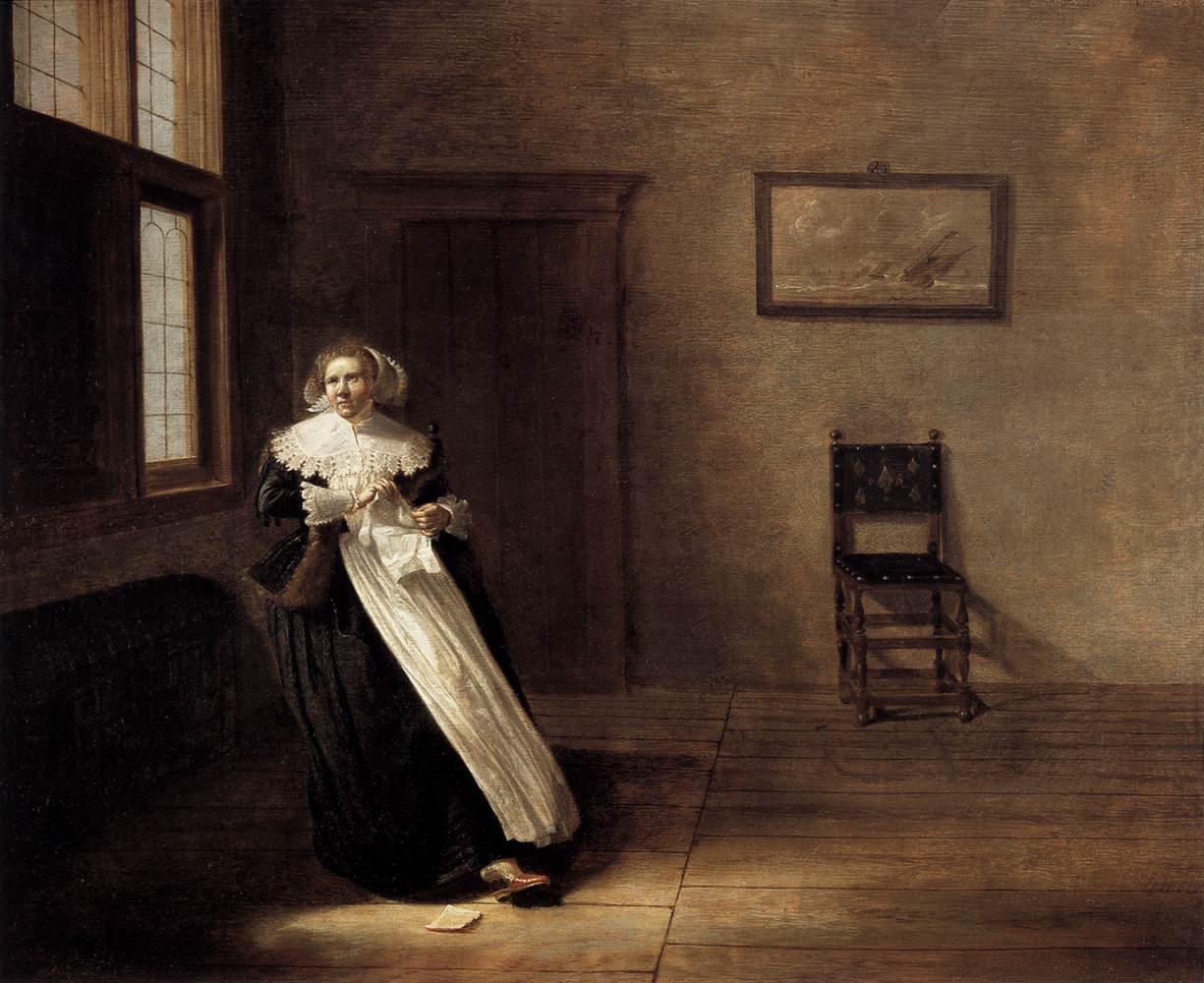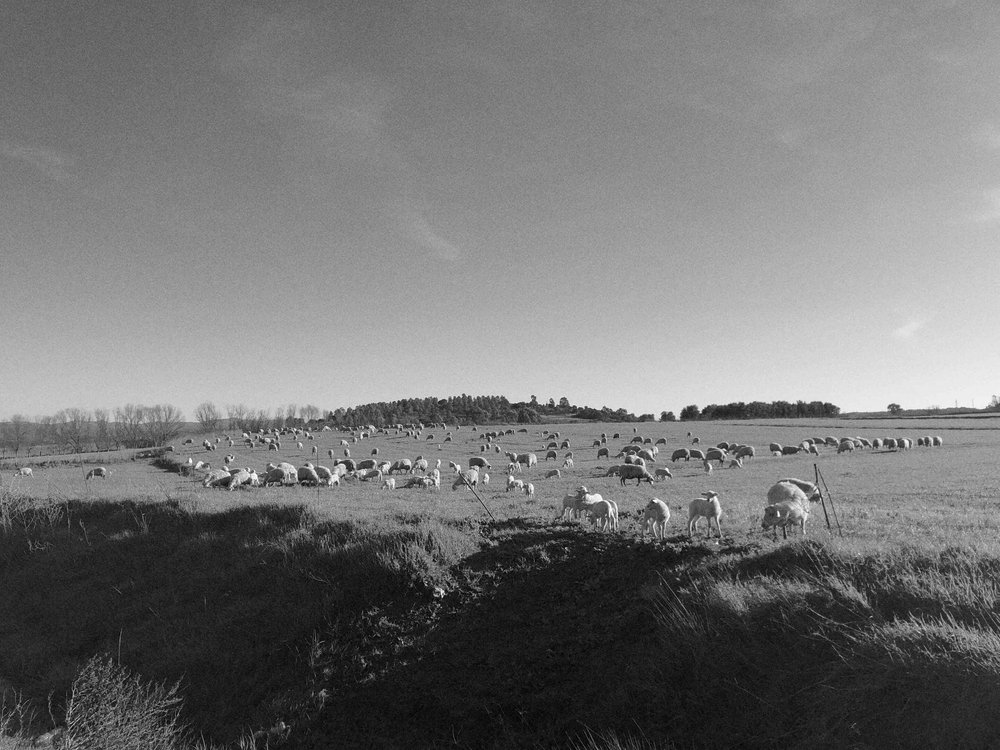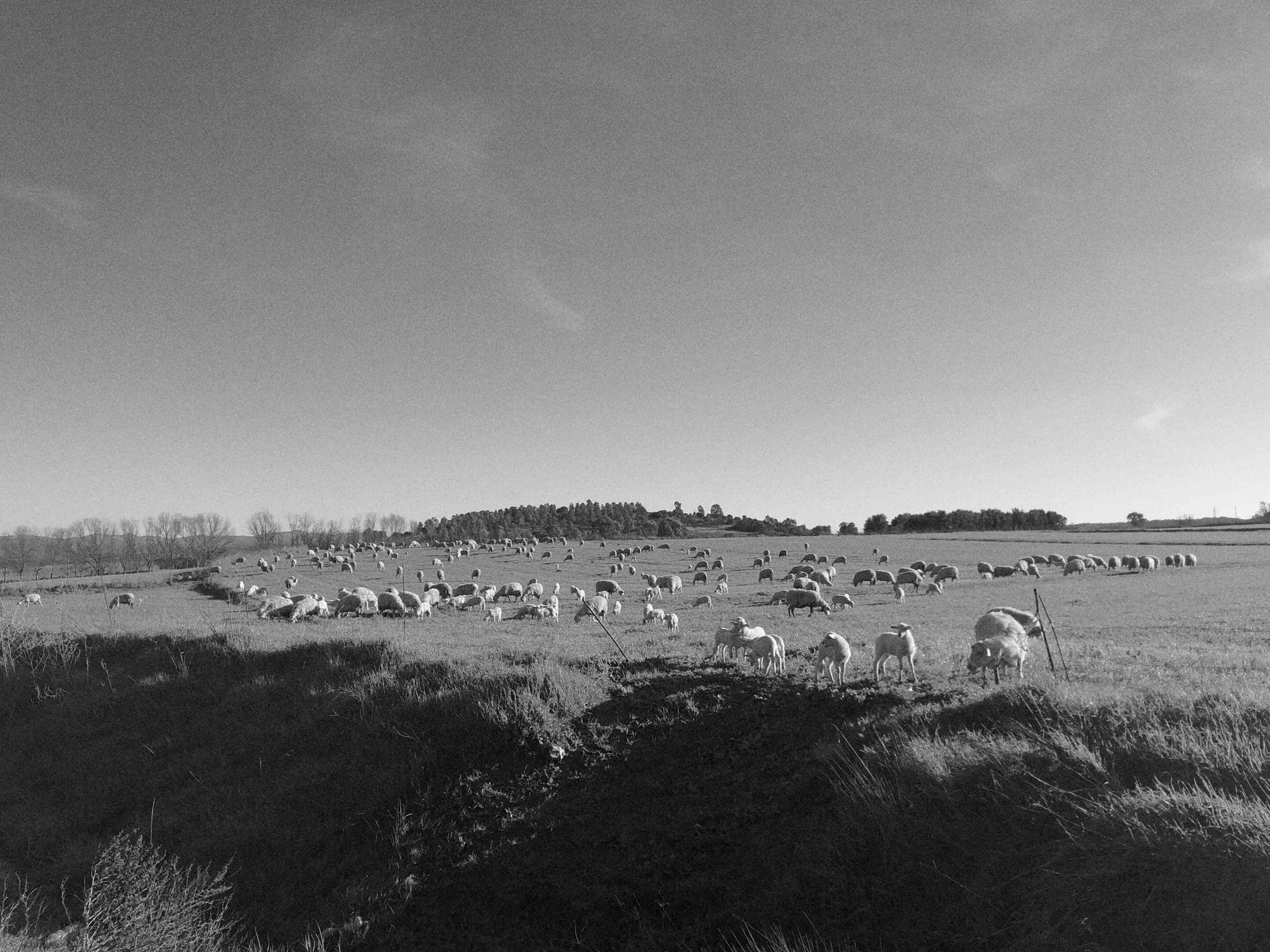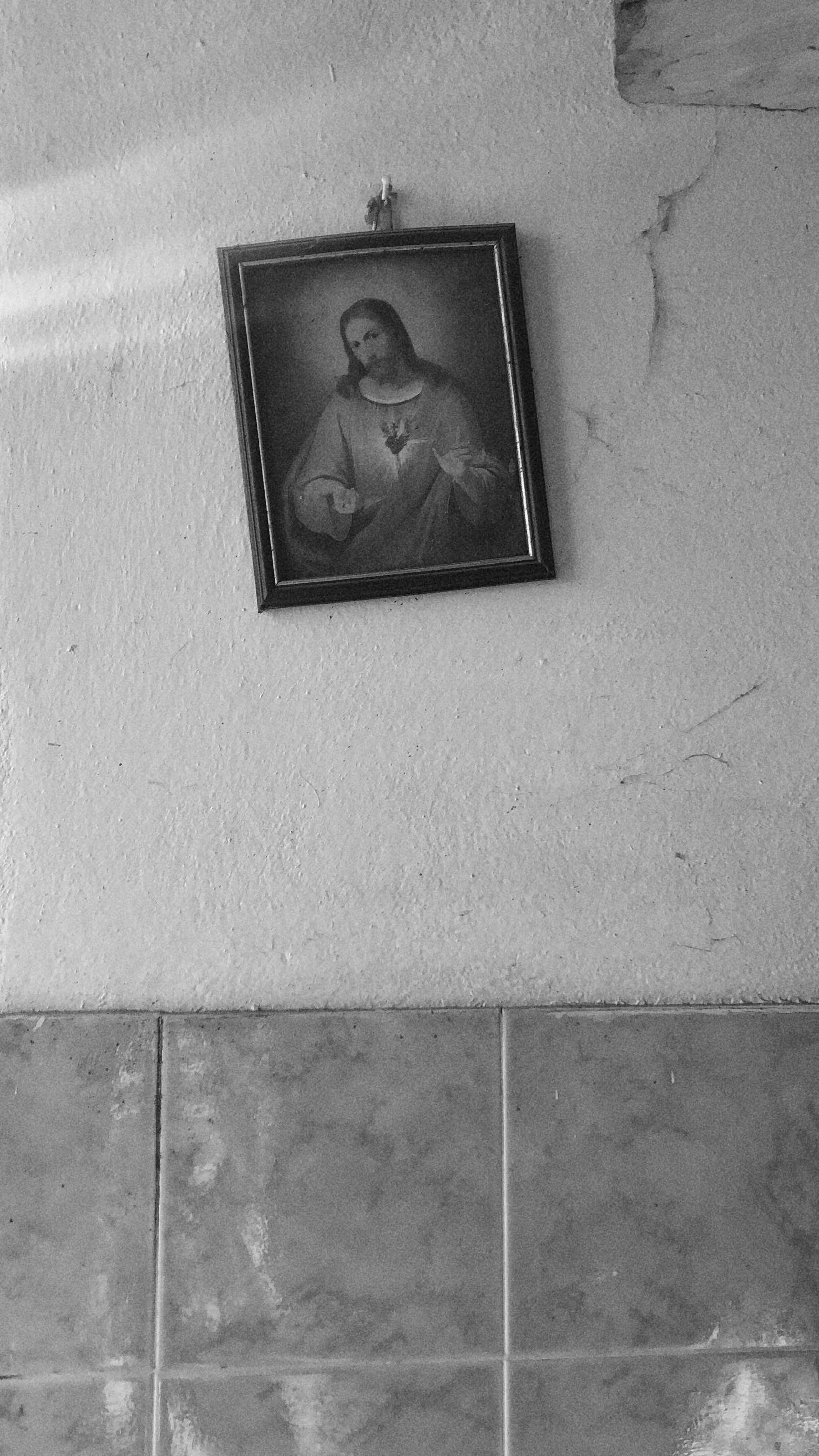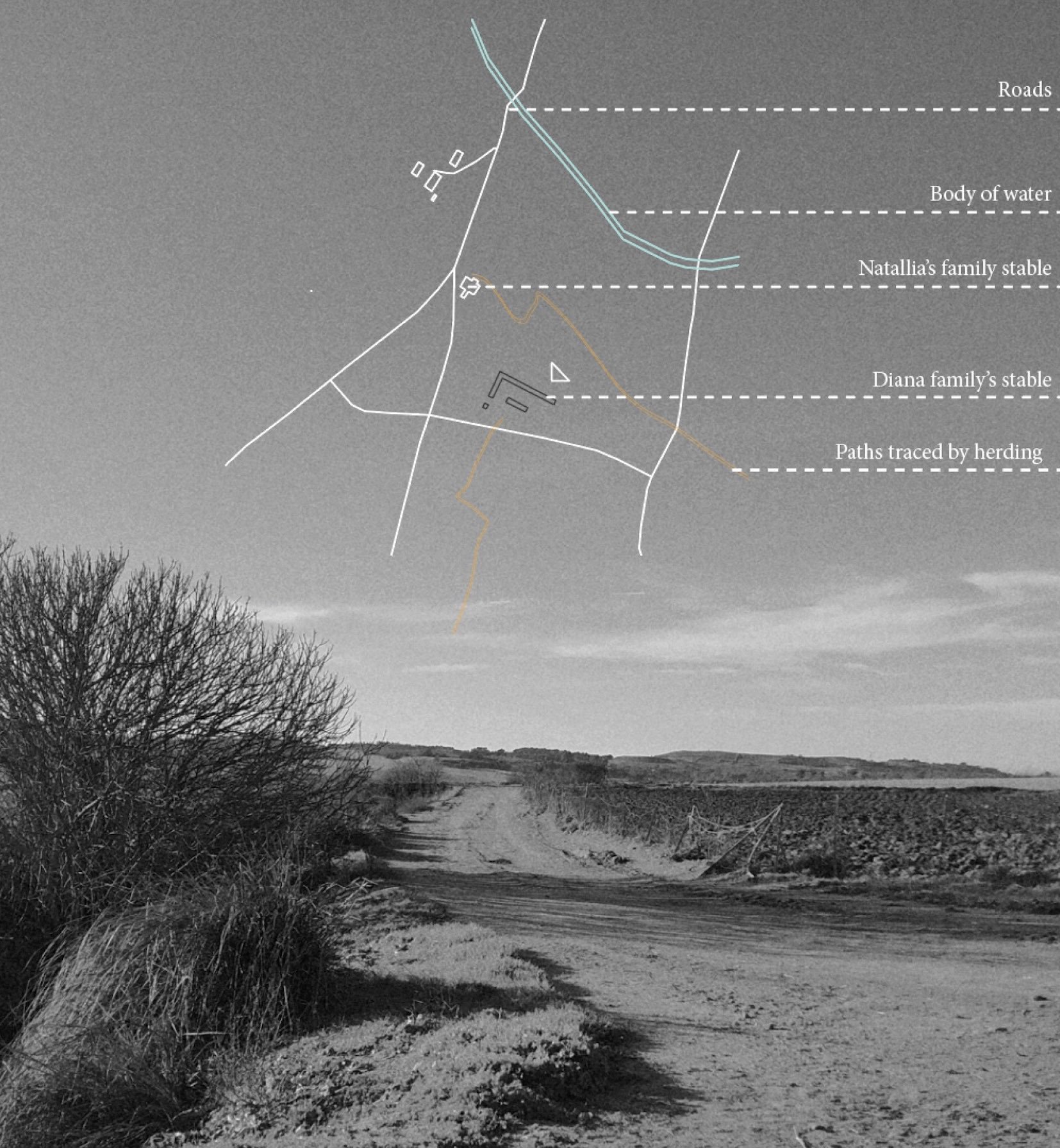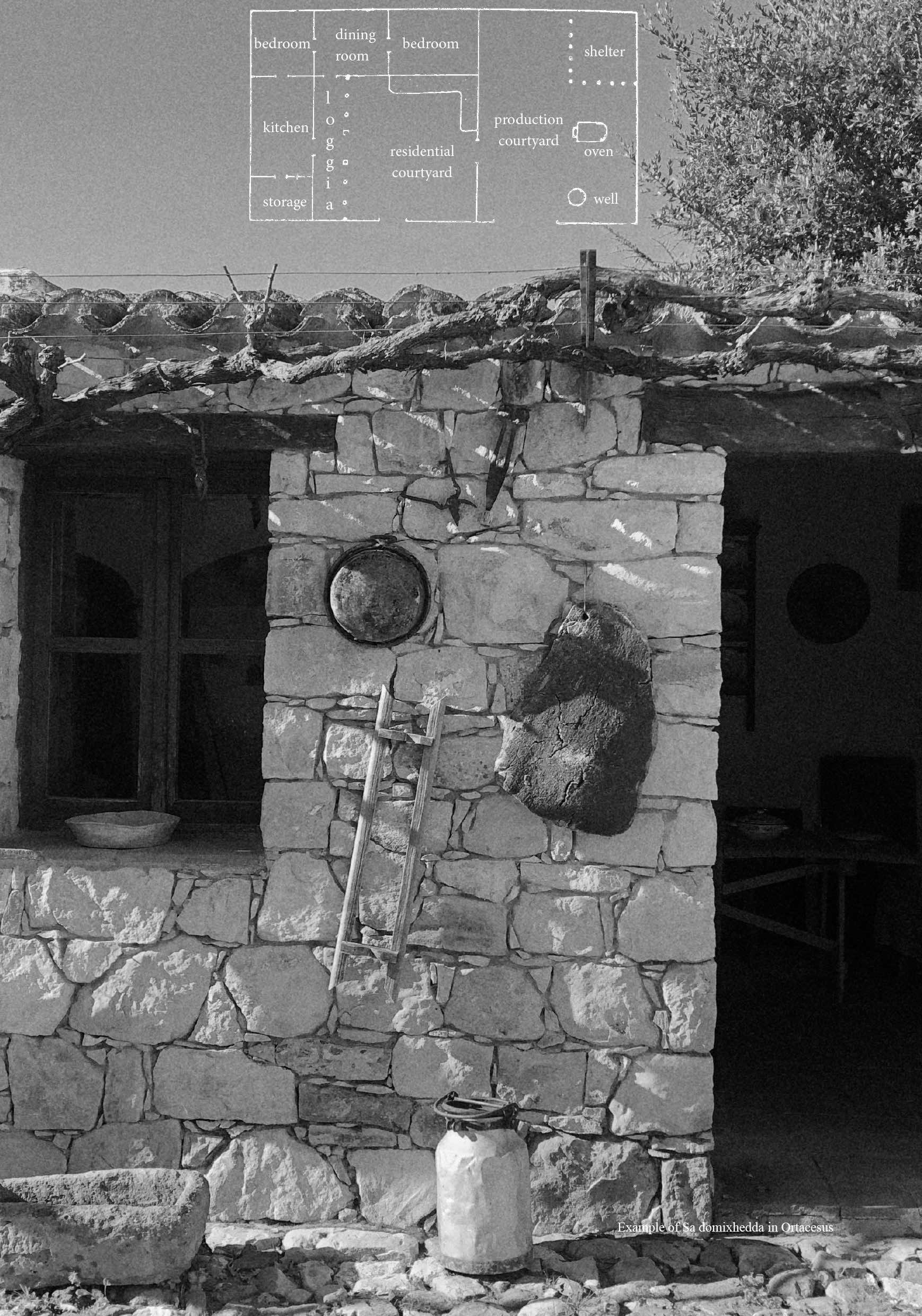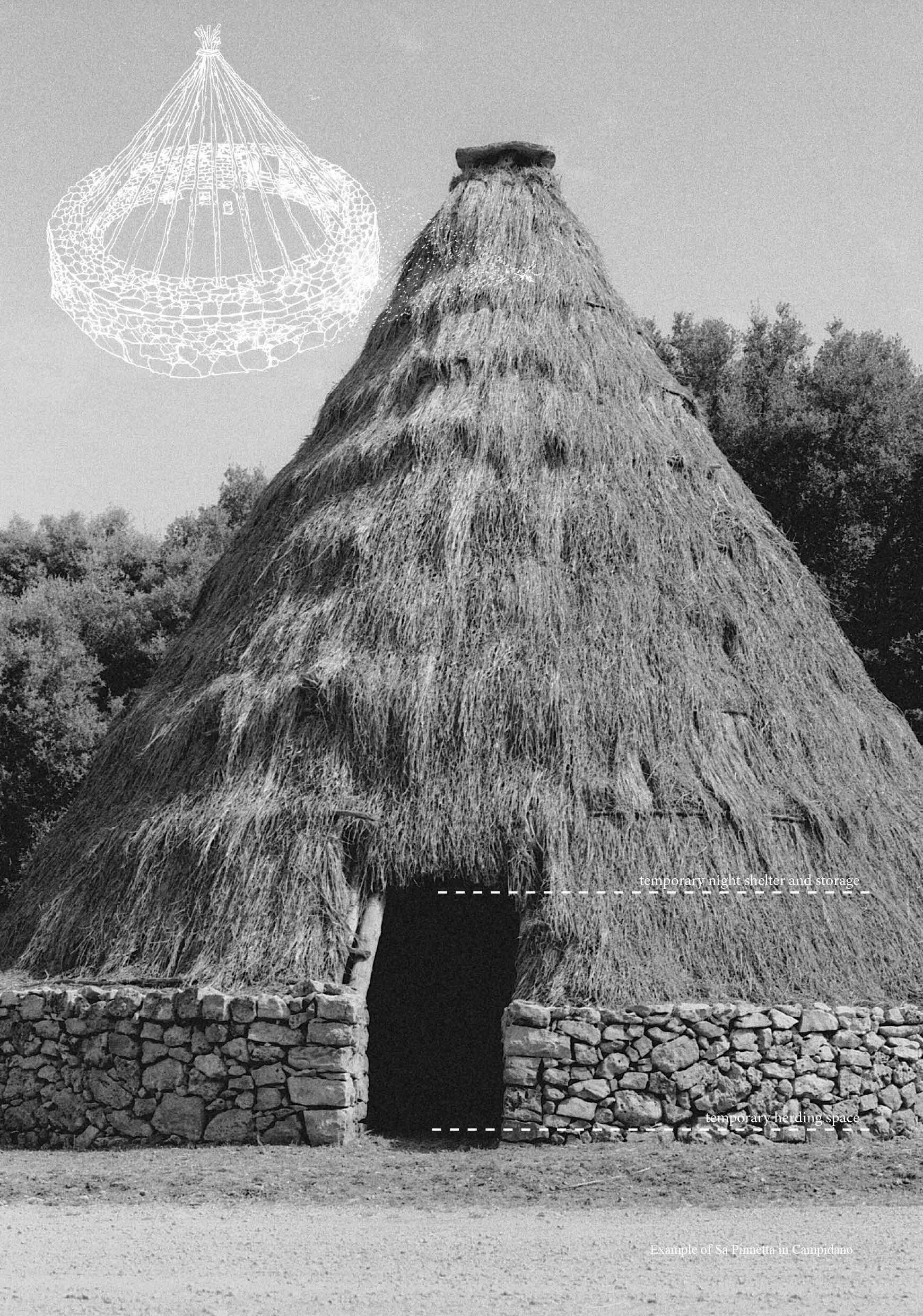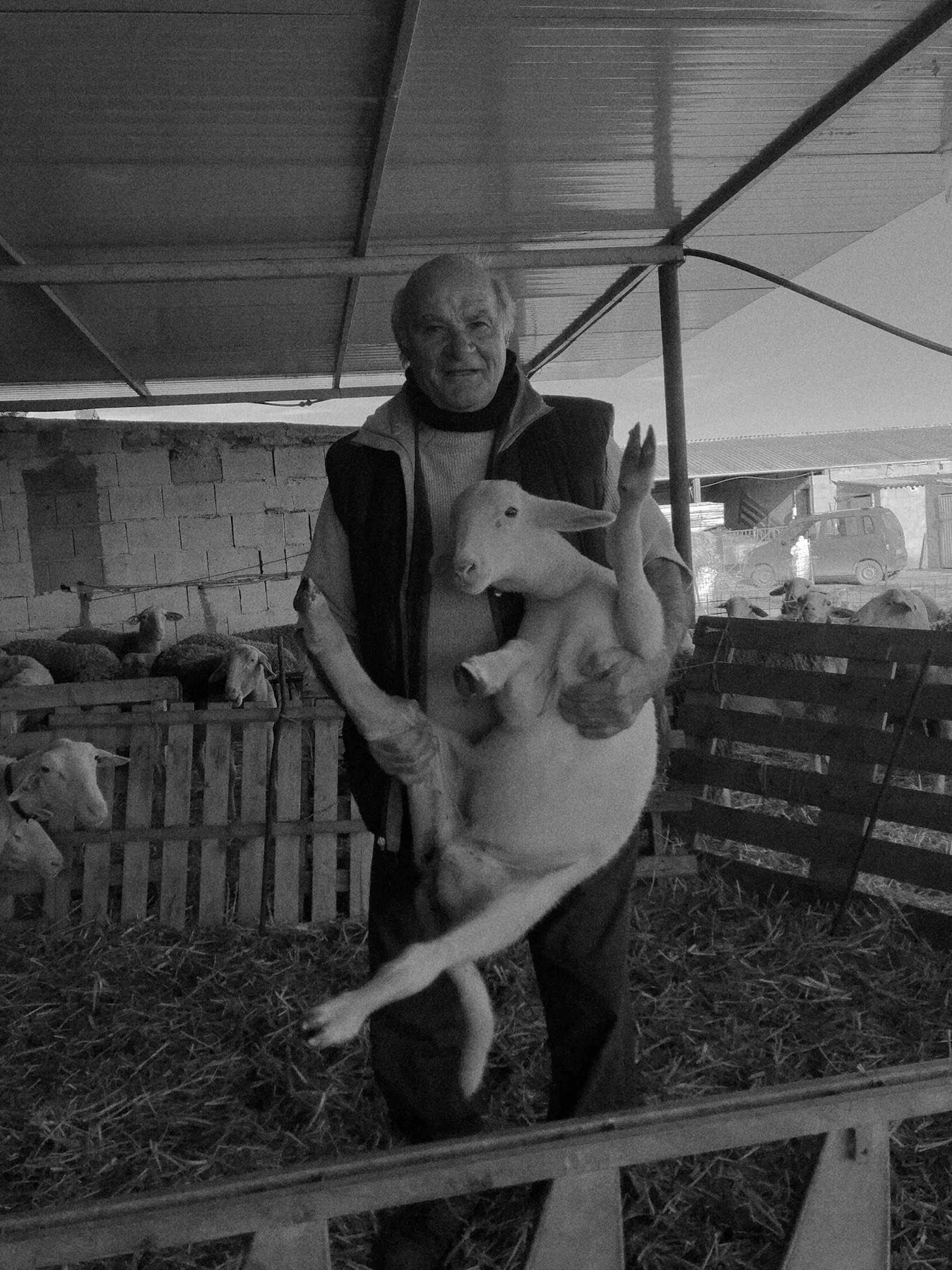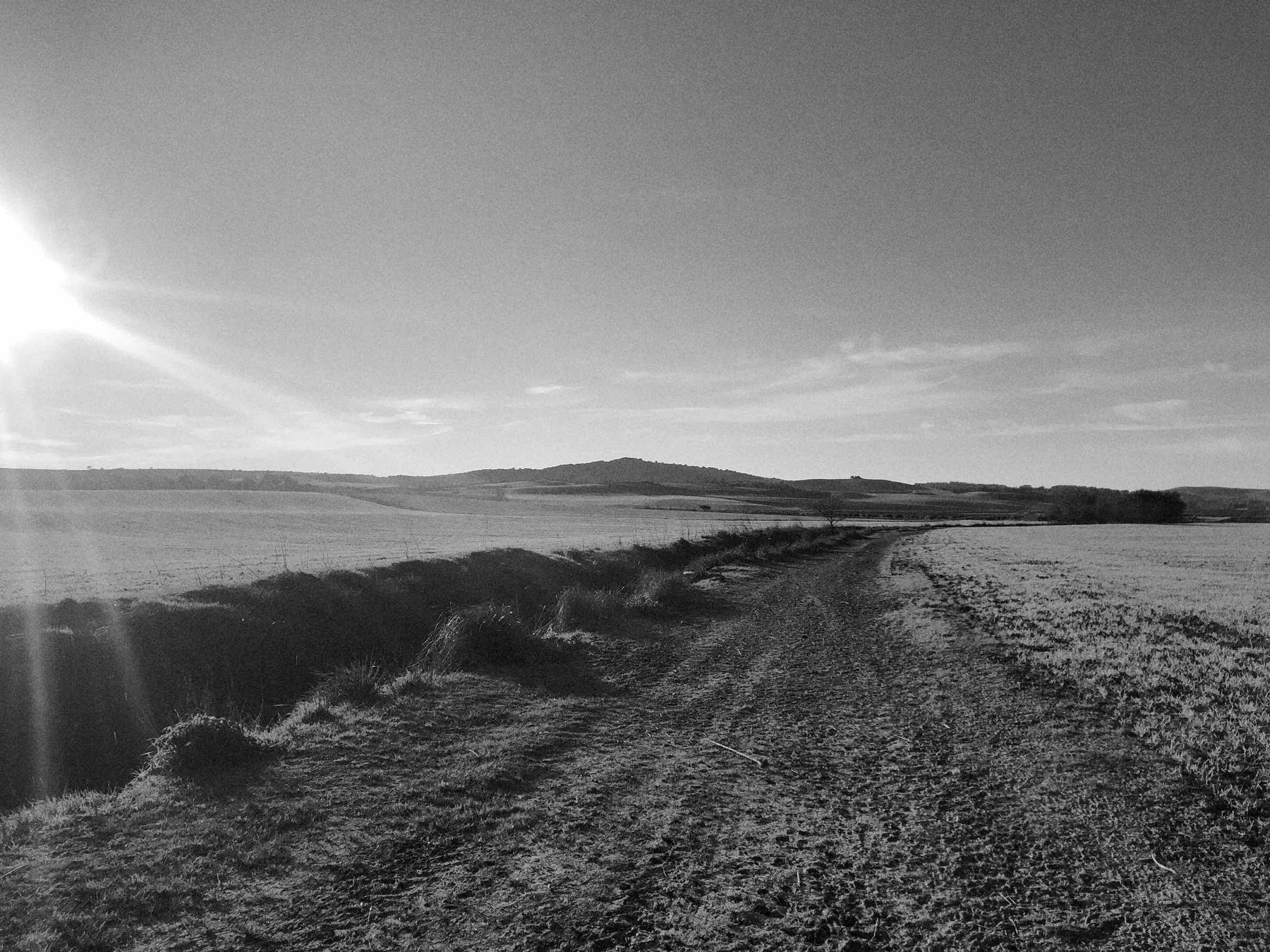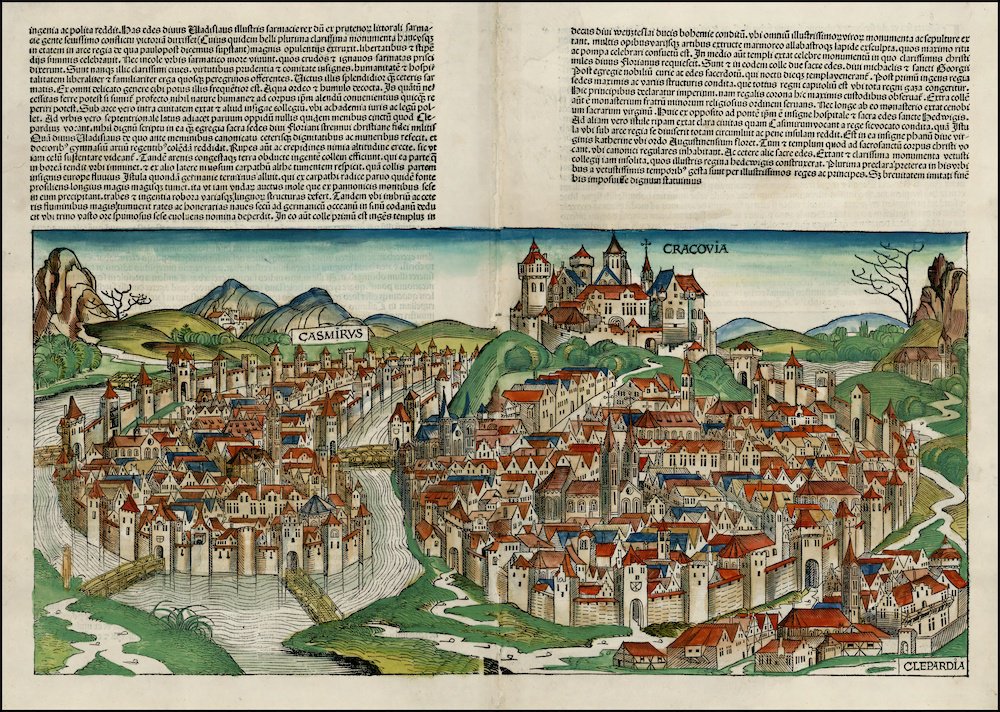Architectural History and Theory
Liveness 2020 (Archive)
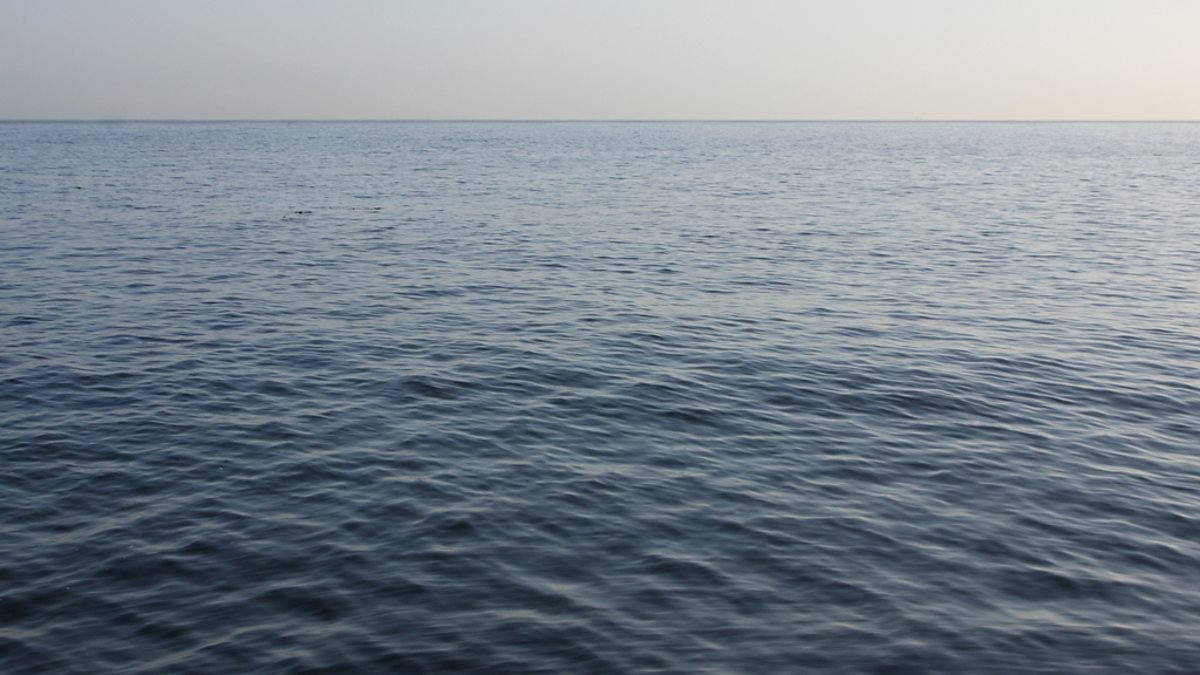
Introduction
We can be skeptical about how this sudden and immense increase of our digital presence will play out against physical experience in the near future. Yet, the digitisation and exhibition of so much material is not from a want to live online; rather, it speaks of our nostalgia for life and work as they were before isolation, and of our desire to have back as much as possible of them, in any form.
This year, the essays and dissertations from Critical and Contextual Studies are exhibited together with work from the postgraduate History and Theory modules. We have held conversations about the resonant issues of the past few months, from Black Lives Matter, to the future of the physical classroom, and have included provocations by writers, artists, architects and alumni for contextualization, dialogue and expansion. The work is organized in seven thematic sections, which speak to recent events, home and migration, place, digital experience, learning, proto-modern architecture, and memory. There is a perceptible progression from topical issues towards writing that allows time to expand in the mind of the reader — how else to approach the task of thinking about space from confinement?
Tutors
I. Revaluations
Wildfires in Australia amid the climate emergency; riots in Hong Kong; a pandemic and lockdowns; Black Lives Matter demonstrations and statues falling – 2020 calls for meaningful revaluations.
 read
read
“The ‘verbal accompaniment’ discloses the actors’ intention, and thus gives meaning to the action. Without words, the deed of the actor can come across as brute.”
 read
read
“I spoke to the minister. He's not entirely happy with your efforts. These priests are inciting thousands of people to rebellion! What do you do about it, captain?” (Agnieszka Holland, To Kill a Priest)
 read
read
“If we find a connection between power, oppression and daily life then we can experience mixed emotions and the resistance, which battle for regaining the old life.”
Provocations
Aracelis Girmay, From Woe to Wonder (2020)
“For every sorrow I write, also I press my forehead to the ground. Also I wash the feet of our beloveds, if only in my mind, in the waters of the petals of the flowers.’ read more
Paul Gilroy, A London Sumting Dis… (1999)
"The post-colonial character of contemporary London has a simple facticity which leaves it not really amenable to debate.” read more
Ryszard Kapuściński, The Wrecker of Monuments (excerpt from the Shah of Shahs, 1982)
“You’ve won a certain popularity in your neighborhood, Golan, as a man who pulls down monuments. You’re even regarded as a sort of veteran in the field” read more
 read
read
“A standard has been set, and the violence in its act has not been acknowledged, allowing for a repeat of the colonization to occur in the future.”
Nomination, Best MArch Architecture Essay 2020
 Start an MA in September
Start an MA in September
If you like the work on this page and would like to start a Masters Degree in Architectural History, Research and Writing, click here to read more about the modules, the tutors, enrolment and fees.
This course is ideal for those who want to continue into a PhD, pursue a career in journalism, enhance the research element in their architectural practice, or simply learn more about architecture, its settings, rituals and allied arts.
Applications are still open for September 2020 read more
“The Parliament of Ghosts is a place of many gatherings using the failures of history as a starting point of artistic production.”
 read
read
“Temporary loans, especially in the case of the Benin bronzes, are just a method for European nations to regain their appearance as just societies, while they maintain their position of power and take turns in exercising control.”
 read
read
“A deliveryman said he was waiting next to a huge Chinese building, which led to some misunderstanding. I found his lorry in the end, parked on this street. For a while, I was confused as to where this huge Chinese building is.”
II. Elsewhere, within here
Tales of migration and refugeeism are set off against versions of domesticity. Both speak to shifting notions of ‘home’. The narrators/subjects have to “constantly negotiate between home and abroad, native culture and adopted culture, or more creatively speaking, between a here, a there, and an elsewhere.” (Trinh T. Minh-ha, Elsewhere, Within Here)
 read
read
“The importance of this research lies in a better understanding of the core prerequisites to dwell and to find new processes for a healthy symbiosis between virtual and physical dwelling.”
Nomination, Best Architecture Dissertation 2020
 read
read
“While the city and its non-transparent politics do not welcome immigrants, immigrant artists are invited to talk about it. Venice is prepared to be the cultural stage for immigrants’ stories, but not a paradigm of integration.”
Nomination, Best Architecture Dissertation 2020
Provocations:
Caroline Bergvall, Drift (2014)
“The fog was so dense that they lost all sense of direction and lost their course at sea . . ." read more
 read
read
Let me speak my true journeys own true songs
I can make my sorry tale right soggy through
sothgied sodsgate some serious wrecan my ship
(Caroline Bergvall, Drift)
 read
read
“So when he returned from the capital, with the fish wrapped in newspaper, the smell of parsley would enter the living room with him and we all knew Eid had finally arrived.”
 read
read
“‘If you move there, you’ll meet lots of people. You can go dancing and watch movies every day.’ The woman turns away and simply replies ‘I don’t think about these things.’”
 read
read
“To push the concept of domesticity in the nineteenth-century, it was necessary for the Dutch nation to believe that all was well on the seventeenth-century home front as "proven" by the uncluttered, tidy interiors . . .”
Winner, Best MArch Architecture Essay 2020
Tutor: Edwina Attlee
Provocations
bell hooks, Homeplace: A site of resistance (1990)
“Historically, African-American people believed that the construction of a homeplace, however fragile and tenuous (the slave hut, the wooden shack), had a radical political dimension . . ." read more
 read
read
“The Talking Drum rises and falls in tone to mimic human speech. It speaks words of comfort and freedom, rhythmic words encrypted in the tonal pitch of the beats that it produces, woven in with culture and wisdom …”
 read
read
"Precariously stacked plastic food containers sit on the highest shelves; empty biscuit and cake tins occupy the middle ground; while clingfilm and foil dispensers reside on lower shelves, continuing a theme of prospective food containment."
 read
read
“Give yourselves an applause. Let’s all start a romantic relationship with the city we are living in.” (from Land of Many Palaces, 2014, dir. Ting Song and Adam James Smith)
III. Postcards
Journeys and perambulations, from ancient Rome to Detroit, and from twentieth-century Damascus to rural Sardinia — these are records tied to specific locales, and which describe place in its real or imagined constituents.
 read
read
“I am a Gramophone... I am one of the antiques that still have pleasant memories of those who used to own me, especially the owner of this memory, who once, in a moment of madness, carried me on the back of a donkey...”
Nomination, Best Architecture Dissertation 2020
 read
read
“Sardinia lies in the Mediterranean Sea like a block of clay.”
Winner, Best Architecture Dissertation 2020
Tutor: Joseph Kohlmaier
 read
read
“Depictions of ruined landscapes remind the viewer of a historical moment of failure, yet they also engender a kind of photographic perversion.”
Franz Kafka’s first, and least-finished, novel is an imaginary journey around the USA (a country he never visited). Written in 1912, it’s a fantasy of America at a time when seemed, to Europeans at least, to be the most futuristic (and mysterious) place on Earth.
 read
read
“Nonetheless, they were very porous spaces, where guests were welcomed together with their families, servants and goods, where the chatter of curious passers-by standing beyond the gates would create a constant soundtrack...”
 read
read
“The mirror metaphor alludes to the idea of a theatre play, where an animated version of Pompeii’s history is being watched.”
 read
read
“It seems that Lewerentz was not interested in the classical canon of ‘The Grand Tour’. None of the most renowned buildings appear in his photos as the main subject; rather he aimed the camera away from the centre, towards the particular.”
 read
read
“The drawing is described as containing the effects of ‘three seemingly contradictory actions - destruction, restoration and reconstruction’ within one representation.”
Nomination, Best MArch Architecture Essay 2020
 read
read
“The modern-rendered city blocks are repeated down Via Delle Botteghe Oscure until its meeting with Via Florida, in which the built-up urban grain of the city reveals itself as an expanse of space...”
Provocations
Edwina Attlee, ‘Answer on a postcard: Footprints in time and space’ (2020)
“All postcards are from the same place, they are from ‘away’.” read
Mike Pearson, Wrights and Sites (2018)
“Some ‘walks’ offer specific routes, others imaginative games or provocations: ‘loiter without intent’. In An Exeter Mis-Guide the city is revealed through oblique engagements, with proposals such as ‘Borrow a dog from a friend. Let it take you for a walk’.” read more
 read
read
Look, touch, draw, listen – a walker's guide to mono and poly-culture forests.
IV. World via laptop
Writing about space from confinement has meant having to write about physical boundaries from memory and, in some cases, spending more hours watching TV for inspiration. The absence of sensory experience has led to new observations and discoveries.
Provocations
Susan Warlow – Same Storm, Different Boat
Sitting room Denise bedroom late teens marriage painted ceiling rose lost detail
French enamel chandelier flowers striped awning colours Camden Passage read more
 read
read
“Life plays out on the backdrop of places. These scenes may take on the form of characters in their own right.”
 read
read
"There is movement from behind the staircase where the shapes of cats are doing something. It is too dark to tell.”
 read
read
“The balding man with portobello ears and juicy lobes. Filled out jowls and a fine moustache."
 read
read
“Another interview over webcam. Mr Rafael Bangod this time, Healthcare Advisor of Barack Obama.”
 read
read
“At the hub of South London the famous inn sign still stands high above the traffic.”
V. Learning space
Notes on learning, from childhood to higher education; conversations about architectural education and practice, the role of narrative in education, the physical classroom and online learning.
Provocations
Max McColl – Architects, Architecture, Architectural Education and Society
“Students should be encouraged to start theorising the value of what they are learning during the course and should be given help in doing this.” read more
Places Journal: Field Notes on Pandemic Teaching (series of co-authored articles) read
Sean Griffiths – It is emphatically not the job of architectural education to mimic practice (Dezeen, August 2019) read more
 read
read
"From chaotic interventions to reckless erasure, it is difficult to decipher where OMA position themselves in the preservation discourse."
Provocations
Ted Hughes – Myth and Education (1976)
“Somewhere in The Republic, where he describes the constitution of his ideal State, Plato writes a little about the education of the people who will live in it . . .” read more
 read
read
“My first encounter with a mythical narration was at age fifteen. I was in a pale room, behind rows of small green desks sturdy like Titans lined up for battle.”
Provocations
Matthieu Tate (class of 2018-19), The Classroom: An Evolution in Learning
“The fifteenth century brought the structure of class to education; it characterizes the group of scholars, the period and the container in which teaching takes place." read more
Nicolo Spreafico (class of 2018-19), Aldo Van Eyck: A New Type of Modern Architecture
“Children return, for a few hours, sovereigns of the streets, which become spaces to play in freedom. It is a joyful, although temporary, break in the rhythm of the city.” read more
 read
read
“A child’s psychological ability to compartmentalise the horror surrounding warfare, is what allows childish wonder to inhabit the scenes of war.”
 read
read
“How long we can stay there? Ah, so many questions you want me to answer and it is just a start of it.”
VI. Dreaming in paintings, gardens and cities
First year students write about the Renaissance desire to reimagine and re-order the world, manifest in pictorial fantasies, landscape arrangements and urban plans of the fifteenth and sixteenth centuries.
VII. Of time and memory
This small digital museum exhibits moments of silence, reflections on loss, layers of time in material culture, slow cinema, instances of remembrance through form, and memories of once-upon-a-time futures.
 read
read
“Along with the urge to create something permanent, we crave permanent solutions and frown upon the temporary intervention. Simultaneously, there is a tendency to take finished buildings too seriously . . .”
 read
read
“Pizzagalli underlines the narrative importance of voids. He draws the parallel between language and space (via cinema), in order to show that the city can be interpreted as an arrangement, a sequence, in which the void plays a fundamental role.”
 read
read
“In contemporary secular society, death is treated as an emergency. Even in circumstances where fatality is expected and occurs within the private dwelling, its presence is quickly erased.”
 read
read
“In silence, the tea becomes an expression of communication, an unspoken message or even a signal.”
 read
read
“If you look carefully the skyline seems to quiver and crackle around these monoliths, like an old television changing channels between was is and what could have been.”
 read
read
“He inferred that persons desiring to train this faculty (of memory) must select places and form mental images of the things they wish to remember and store those images in the places. . . “ (Frances Yates, The Art of Memory)
 read
read
“What exactly is the life of a building, and how is it significant?”
